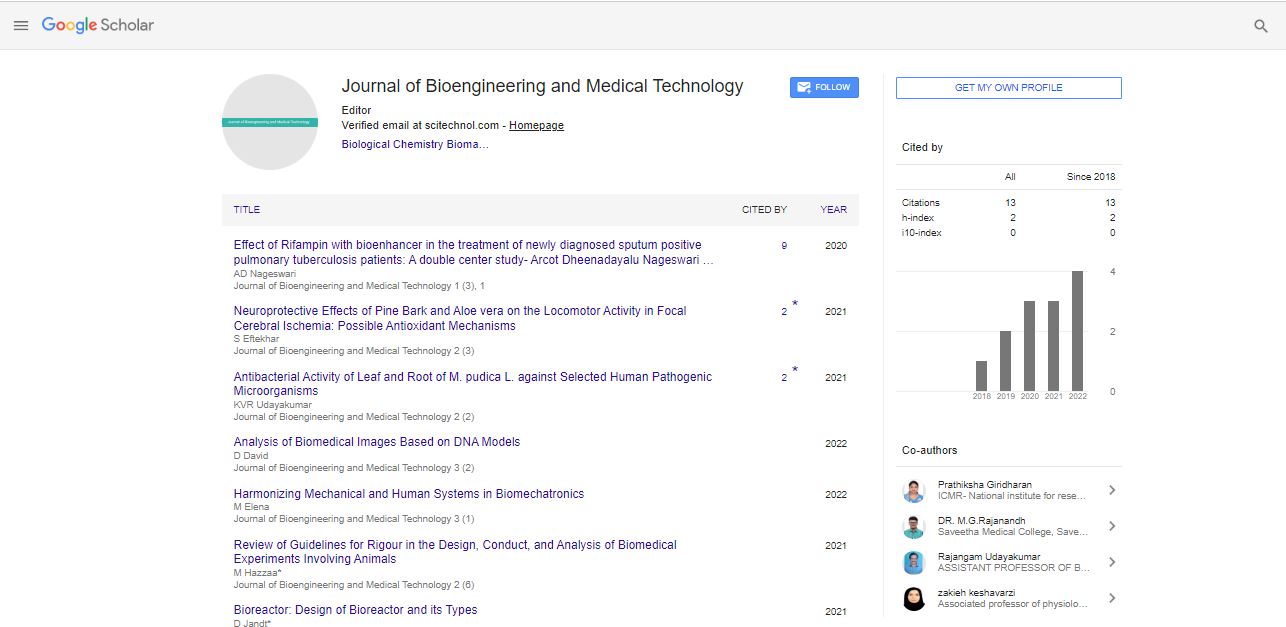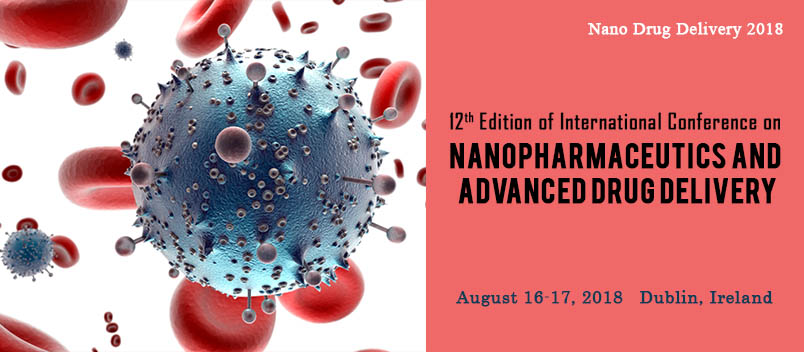Perspective, J Bioeng Med Technol Vol: 4 Issue: 1
A Comprehensive Review of Computational Methods for Proteomics Analysis
Abdullah Aziz*
Department of Biotechnology, University of Verona, VERONA, Italy
*Corresponding Author: Abdullah Aziz
Department of Biotechnology, University
of Verona, VERONA, Italy
E-mail: abdullahaziz@outlook.com
Received date: 15 February, 2023, Manuscript No. JBMT-23-95998;
Editor assigned date: 17 February, 2023, Pre QC No. JBMT-23-95998(PQ);
Reviewed date: 03 March, 2023, QC No. JBMT-23-95998;
Revised date: 10 March, 2023, Manuscript No: JBMT-23-95998(R);
Published date: 17 March, 2023, DOI: 10.35248/jbmt.1000065
Citation: Aziz A (2023) A Comprehensive Review of Computational Methods for Proteomics Analysis. J Bioeng Med Technol 4:1.
Description
Proteomics is a rapidly growing field of study that aims to understand the structure, function, and interaction of proteins in biological systems. With the development of high-throughput experimental techniques like mass spectrometry, the amount of proteomics data generated has increased dramatically in recent years. However, analyzing these data and extracting meaningful insights remains a significant challenge. Computational methods have played a crucial role in proteomics analysis, providing tools for data processing, identification and quantification of proteins, protein structure prediction, and network analysis. One of the most important computational methods for proteomics analysis is database searching. This approach compares the experimental data, typically in the form of mass spectra, with a protein sequence database to identify the proteins present in the sample. The database search algorithms use statistical models to calculate the likelihood of a given peptide sequence being present in the sample. Various search engines, such as Mascot, SEQUEST, and X!Tandem, have been developed, and each has its own strengths and weaknesses. Additionally, many database search algorithms have been integrated into software packages that provide a complete proteomics workflow, such as MaxQuant, Proteome Discoverer, and OpenMS.
Once the proteins have been identified, the next step is to quantify their abundance. Quantification is critical for determining differences in protein expression levels between samples and identifying potential biomarkers. Several computational methods have been developed for protein quantification, including Label-Free Quantification (LFQ) and isobaric tagging methods like Tandem Mass Tags (TMT) and Isobaric Tags for Relative and Absolute Quantification (iTRAQ). These methods rely on various statistical models to normalize the data and calculate relative or absolute protein abundance.
In addition to protein identification and quantification, computational methods have been developed for protein structure prediction. The prediction of protein structure is a fundamental problem in proteomics, as the function of a protein is intimately tied to its structure. There are two main approaches to protein structure prediction: template-based modeling and de novo modeling. In template-based modeling, the structure of a protein is predicted by aligning its amino acid sequence with a known protein structure. In de novo modeling, the structure is predicted from scratch, without relying on a template. Both approaches have been successful in predicting protein structures, and several software packages, such as Rosetta and MODELLER, have been developed for this purpose. Another area where computational methods have made significant contributions to proteomics analysis is in network analysis. The interactions between proteins are crucial for understanding their function and behavior in biological systems. Network analysis approaches allow to identify important proteins, pathways, and modules within a biological system. Several network-based methods have been developed for proteomics data, including protein-protein interaction network analysis, coexpression network analysis, and pathway analysis. These methods have provided valuable insights into protein function and their roles in disease.
In conclusion, computational methods have revolutionized proteomics analysis, providing powerful tools for data processing, protein identification and quantification, protein structure prediction, and network analysis. As the amount of proteomics data continues to grow, these methods will become even more critical for making sense of the data and extracting meaningful insights. While many challenges remain, including data integration, normalization, and interpretation, the development of new computational methods will undoubtedly continue to drive progress in the field of proteomics.
 Spanish
Spanish  Chinese
Chinese  Russian
Russian  German
German  French
French  Japanese
Japanese  Portuguese
Portuguese  Hindi
Hindi 
